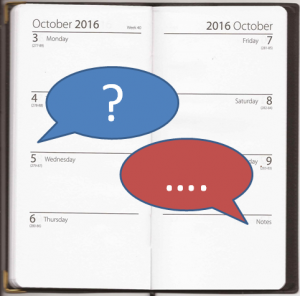
When you have done the “close-down” and “lessons learned” things I suggested last month there are a few more activities which I think are really worth considering at the end of a project:
- Punctuation – Make sure people realise that this is The End.
- Say “Thank you” – You might be surprised how much people appreciate it.
- Give small gifts or mementos for people to remember the project by.
These things can be done by management roles, but they can be done informally within a team as well.
What to give as a reward? A little more detail.
Sometimes projects just “peter out”. The last person to leave switches off the lights. I think it is better to have a final social occasion – a project meal or something similar.
Saying “Thank you” costs nothing more than a little effort. People appreciate it and if you work with the same people again they will remember that you appreciated what they did.
Small gifts can be a nice gesture. I have been given some strange things over the years, ranging from the technical (a couple of planes of core memory, and a disk platter), through the practical (some coasters and a set of cuff-links) to the rather strange (a curry cook-book!). All of these things bring back pleasant memories about the projects in question.
Why bother with a reward?
As well as being pleasant, these things serve practical purpose.
- Bringing the project to an emotional close is a good thing. It is time to finish what are doing and move on to the next activity.
- You may find yourself working with the same people in the future. This can happen years later, and you may be in quite different roles. Parting company on good terms means that it will be easier to start the new relationship with a good feeling.
- I think it is good for your reputation to be thought of as being appreciative. This does not mean that you have to be soft. There is no contradiction between being a “hard task-master” and saying “thank you” in various ways.
Think of these activities as being a small speculative investment in the future.
Two words of caution:
- Do not be seen to be doing these things in a manipulative way. People do not like that and it is generally counter-productive.
- Do not say you are going to do something (like hold an “end of project meal”) and then not do it. That is demotivating.
Enjoy a break before starting again refreshed!




